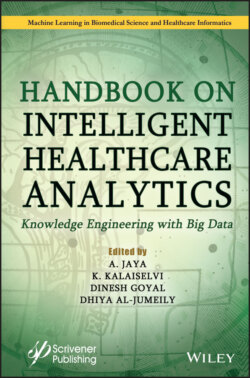Читать книгу Handbook on Intelligent Healthcare Analytics - Группа авторов - Страница 14
1.2 Knowledge and Knowledge Engineering 1.2.1 Knowledge
ОглавлениеKnowledge is characterized as abilities, (i) which the person gains in terms of practice or learning; theoretical or practical knowledge of a subject; (ii) what is known inside or as a whole; facts and information; or (iii) knowing or acquainted with the experience of life or situation. This knowledge is defined accordingly. The retrieval of information requires complex cognitive processes including memory, understanding, connectivity, association, and reasoning. Knowledge of a subject and its capacity for usage for a specific purpose are also used to suggest trustworthy comprehension. Information may be divided into two forms of knowledge: tacit and clear. Tacit knowledge is the awareness that people have and yet cannot get. Tacit knowledge is more relevant since it gives people, locations, feelings, and memories a framework. Efficient tacit information transfer typically requires intensive intimate correspondence and trust. The tacit understanding is not easily shared. Still, consciousness comprises patterns and culture that we still cannot comprehend. On the other hand, information, which is easy to articulate, is called explicit knowledge. Coding or codification is the tool used to translate tacit facts into specific details. The awareness expressed, codified, and stored in such media is explicitly facts. Explicit information. The most common simple knowledge sources are guides, manuals, and protocols. Audio-visual awareness may also be an example of overt intelligence, which is based on the externalization of human skills, motivations, and knowledge.
